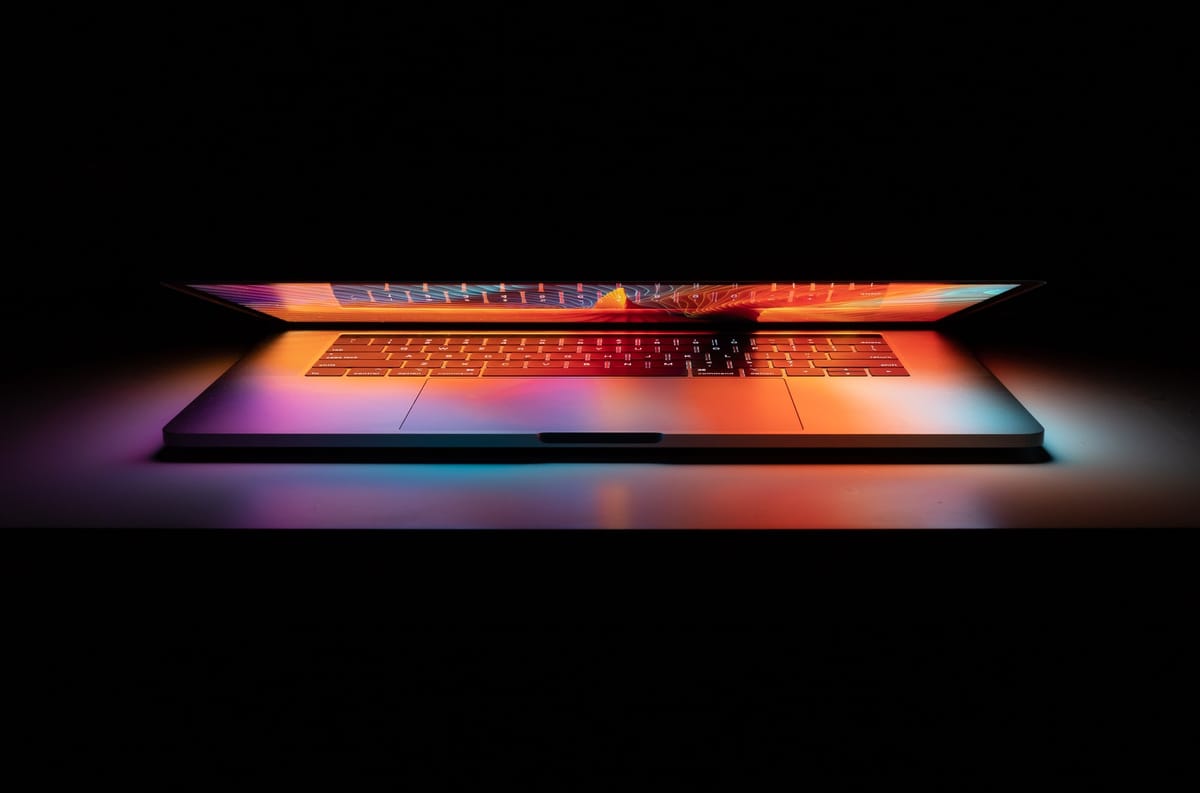My operating system journey

Getting started with Linux
Ten years ago I was writing how I'm a big fan of Windows (and Android). I would regularly get into friendly debates with Cătălin, who was a staunch supporter of Linux. I kept dipping my toes into Linux, but for a long time, I got burned.
At my first internship and then even more so at my first job, I learned more and more about Linux and got comfortable in it. I started dual booting. By 2014, the most used OS on my laptop was Fedora.
When I built a desktop in 2015, I first installed Linux on it, even though I had to try several distributions until I found one that worked. I was in my "command-line" minimalist phase, so I set up i3, tmux, and fish. I was quite happy with it, but eventually I installed Windows 10 on it so that I could play games, run the Swiss tax form application and YNAB, a budgeting app.
Trying out Mac OS
My work laptop at the time was a MacBook. I thought I would like it and I was looking forward to trying out all the cool and hipster apps that were only on Mac OS, such as Alfred. In the end, while working at Google, I used only a browser and a terminal, and I never got around to really work with any other apps, because I didn't need them. The terminal experience in Mac requires a bit more searching around to get things working. Macs come with old libraries out of the box, you have to update them using copy pasted shell commands and I managed to screw things up once with Homebrew. I was not impressed by Mac OS and I didn't want to spend my own money on that crappy keyboard.
Slowly turning back to Windows
But Windows (and it's ecosystem) has changed a lot since then. When I bought my new laptop in 2018, it came with Windows and I never bothered installing Linux on it. Why? Windows Subsytem for Linux. You get pretty much all the CLI goodies from Linux and all the other nice stuff from Windows. For example, as far as I know, there's almost no laptop where Linux has comparable battery life with Windows and that is an important factor for me, because I work remotely.
On my desktop I still had ArchLinux, because running Tensorflow was easier on Linux than on Windows (modulo the Nvidia driver updates) . But slowly I got bored of the "command line" minimalism. I tried other desktop environments on Linux, such as KDE and Gnome, but they never stuck. KDE is too bloated, and I find the default theme to be outdated. Gnome looks nice, but I never got around to feeling comfortable in it. The others are too "fringe" for me and I think that it's too hard to find solutions to the problems that inevitably crop up, just because the community is too small.
For the last two months, I have found myself using almost only Windows, even on my desktop. This way, I can watch Netflix at the highest resolution (on Linux, you can watch only in the browser, where's it's capped at 720p), I can play games. Rust works just as well on Windows as on Linux. WSL satisfies my very few needs for Linux only apps. And I never had problems with Nvidia drivers on Windows (unlike on Linux). The new Terminal app on Windows is pretty sweet. Powershell is pretty cool too, even though I don't know much of the syntax so far.
And honestly, I just like the default UI on Windows more. 10 years ago I had the patience to tinker with themes and to customize my desktop endlessly, but now I don't have the time and energy to deal with that anymore. I see plenty of nice Linux themes on Reddit and I tried to replicate one, but abusing fonts to get some nice "symbols" in i3-bar? Ewww.
Even though many people complain about Windows updates messing things up, that has never happened to me in the last 5 years, even though I am running on the insider preview version of Windows 10. On the other hand, I did manage to screw things up with ArchLinux updates, but it was my fault usually, because I didn't read the instructions or I let too much time pass between updates.
Servers
That's the story for my desktops and laptops. On servers, it's Linux all the way. My NAS runs Linux. My VPSs run Linux. And I plan to keep it that way. But there I'm not bothered by the fact that I SSH in and do the half an hour at most every week from the command line.
The only thing that I didn't try was a variant of BSD. Five years ago I might have given it a shot, but now I don't want to relearn a lot of things, from command line flags to concepts like jails. The strongest argument for BSD would be security, but Linux is secure enough for me, for now.
The future
But who knows what will happen in the future? Maybe in five years I'll get bored again of Windows and I'll try something new. Maybe Fuchsia will become mature by then :D
I’m publishing this as part of 100 Days To Offload - Day 23.


